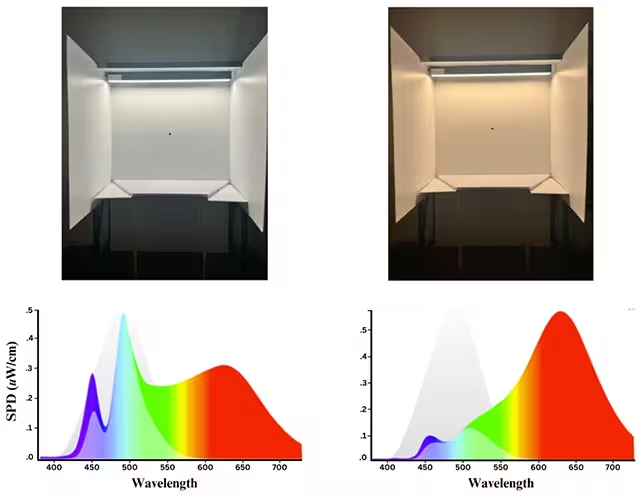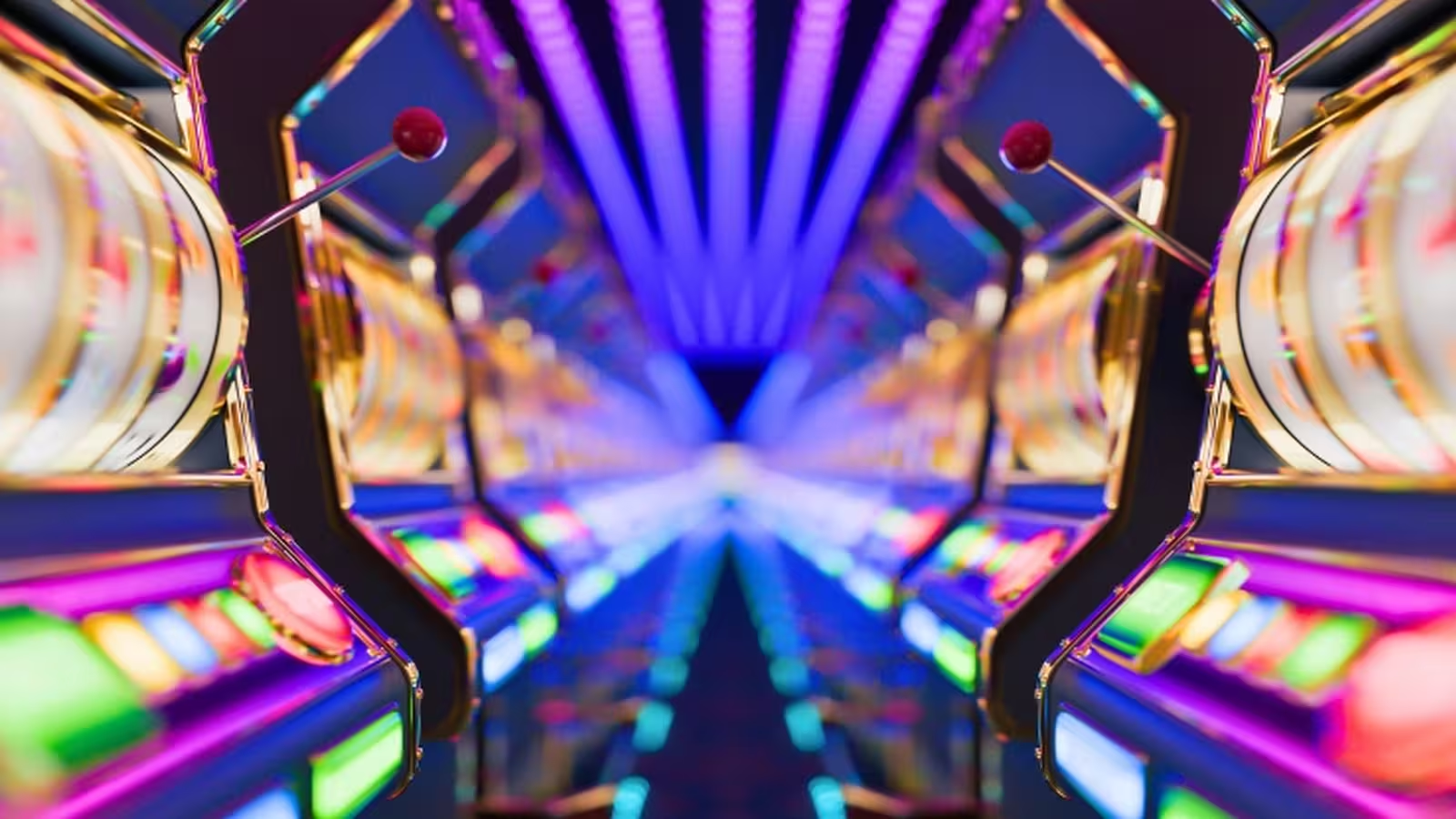4 Minutes
The Hidden Influence of Casino Lighting on Risky Gambling
A recent scientific study has shed new light on how the color spectrum of casino lighting, particularly blue-enriched LED illumination, may subtly encourage riskier gambling behavior. Researchers from Flinders University and Monash University in Australia have demonstrated that the blue wavelengths commonly found in casino environments and online gambling platforms could dampen gamblers' sensitivity to financial losses—potentially influencing decision-making and increasing the likelihood of betting beyond their means.
Scientific Context: Gambling Addiction and Environmental Cues
Gambling disorders continue to pose a significant public health challenge worldwide. According to recent estimates, around 1.2% of the global population struggles with a gambling addiction, prompting scientists to investigate the environmental and psychological factors that could exacerbate risky behavior. The study, published by a team led by psychologist Alicia Lander from the Flinders Health and Medical Research Institute (FHMRI), zeroes in on the role of color temperature, specifically the prevalence of blue light, in shaping gamblers' perceptions of wins and losses.
Experiment Design: Manipulating Light to Observe Behavioral Shifts
The researchers recruited 15 adult volunteers, aged 18 to 27, to participate in a series of hypothetical gambling tasks conducted under two distinct lighting conditions: blue-enriched and blue-depleted environments. Importantly, both settings maintained consistent brightness to isolate the effect of color spectrum alone. Participants were incentivized with a potential $20 reward based on their performance, adding a degree of realistic financial motivation to the tests.

Key Findings: Blue Light Reduces Loss Aversion
Analysis revealed a striking trend—when immersed in blue-rich lighting, participants exhibited reduced loss aversion. This means they perceived monetary losses less intensely than equivalent gains, making them more likely to engage in risk-taking during the gambling tasks. Furthermore, the data reflected gender-based differences, echoing existing literature: male subjects showed a greater inclination toward risky decisions compared to their female counterparts.
Circadian Photoreception and Brain Circuitry
The scientists suggest that the underlying mechanism may involve circadian photoreception—a non-visual response wherein specialized cells in the eye respond to blue light. These cells are believed to interact with brain regions critical for decision-making, emotional processing, and managing risk versus reward evaluations. According to Alicia Lander, “Lighting with higher blue content, prevalent in both casino LED screens and digital betting platforms, appears to influence how individuals emotionally weight financial losses against gains."
Sean Cain, a circadian biologist with FHMRI, further highlights that, "People exposed to more blue wavelengths may have diminished cognitive sensitivity to losses, potentially skewing their judgment during gambling. It's plausible that simply reducing the amount of blue in casino lights could foster safer gambling habits."
Broader Implications: Ethics, Technology, and Future Research
From a practical standpoint, most casino interiors and digital gambling environments are saturated with cool blue lighting, in stark contrast to the warmer, calming tones used in bedrooms and relaxation spaces. This observation raises important ethical questions for the gaming industry: while risk-taking is central to casino profits, manipulating environmental cues to decrease loss aversion could exacerbate problem gambling and have serious consequences for vulnerable patrons.
It bears noting that the current study utilized a limited, laboratory-based sample, so its findings may not immediately transfer to real-world casino behavior on a broad scale. However, the results underscore the potential impact of lighting technology on human psychology and behavior, opening new avenues for harm-reduction strategies in gambling environments.
Experts advocate for further interdisciplinary research—spanning neuroscience, behavioral psychology, and architectural design—to explore how simple interventions, like adjusting blue light emissions, could promote healthier decision-making in high-risk settings.
Conclusion
This research highlights the profound yet often overlooked role of environmental factors, such as blue spectrum LED lighting, in shaping human risk-taking behavior within casinos and online betting platforms. By demonstrating that increased blue light can temper loss aversion and potentially drive riskier gambling behaviors, the study provides valuable evidence for both regulatory bodies and the gaming industry. As gambling addiction remains a persistent global concern, these insights pave the way for science-informed guidelines and technological modifications aimed at protecting consumers and promoting safer gambling practices.
Source: dx.doi



Comments